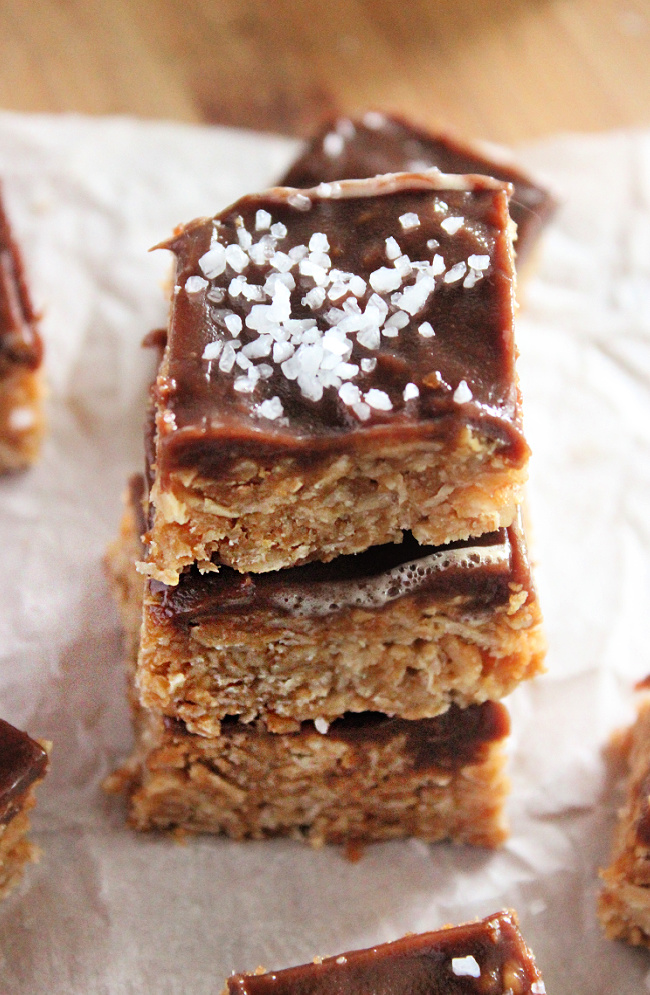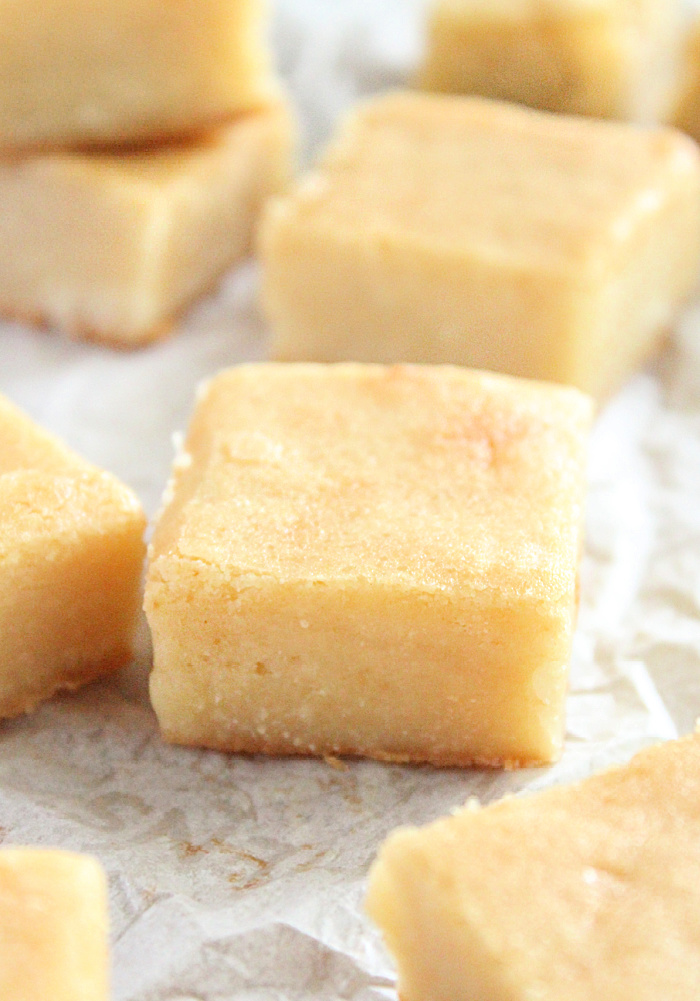The 5-6-7 Rule For Hamburgers: Does It Really Work?
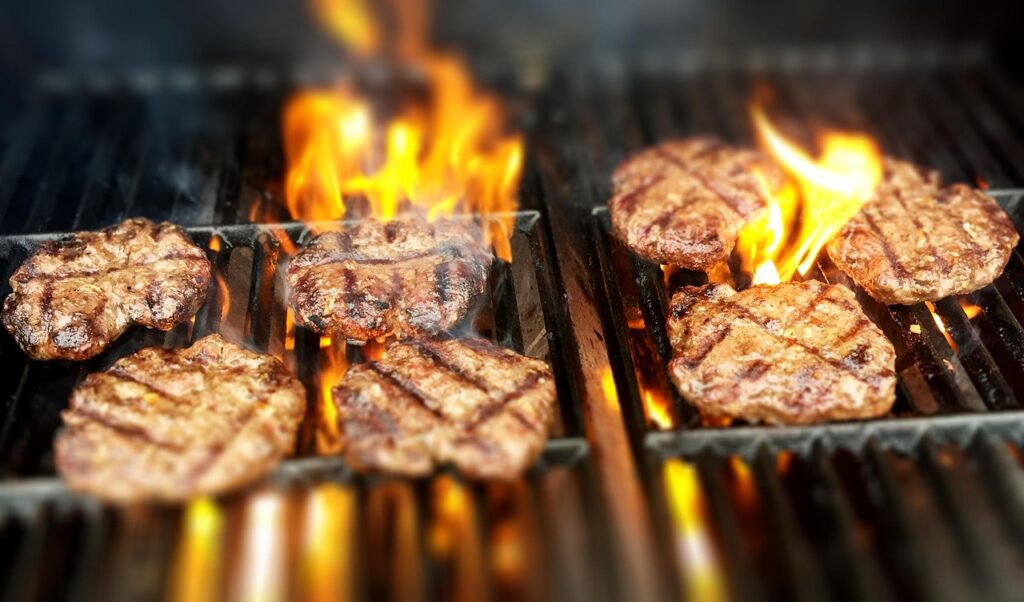
Grilling the perfect burger can feel like chasing a myth. Too often, you end up with a patty that’s dry, undercooked, or just… meh. That’s where the 5-6-7 rule comes in, a simple timing hack promising juicy, flavorful results without the guesswork.
It’s not just another trend; it’s a smart, science-backed method that takes the mystery out of burger-making. Here’s why this rule is gaining traction and how it can make your next burger night a home run.
Why Timing Matters More Than You Think
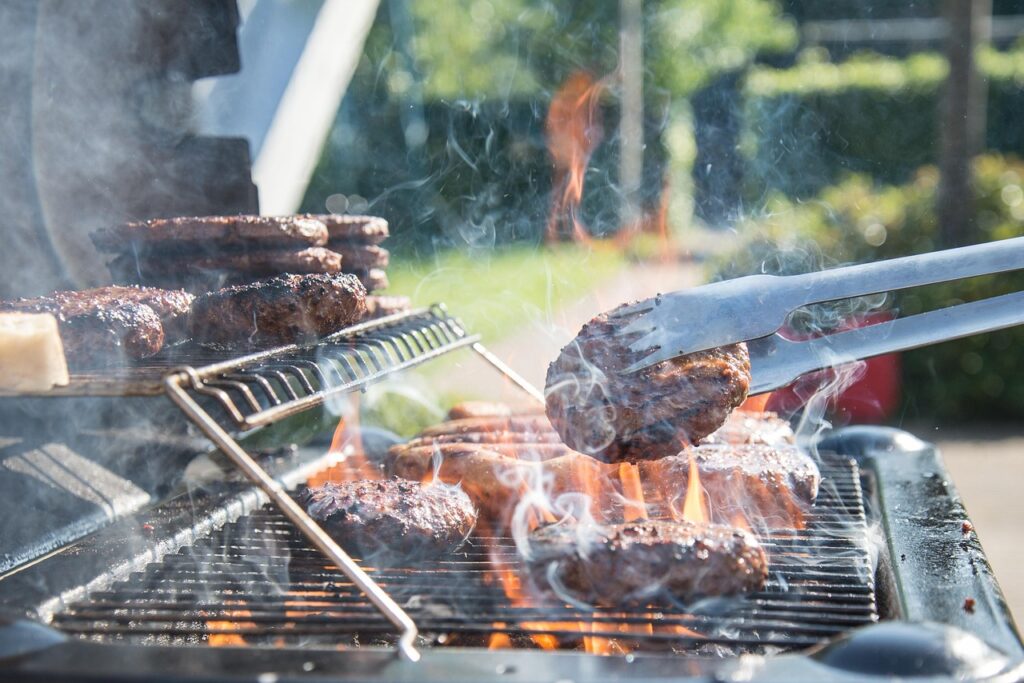
Cooking times aren’t just arbitrary numbers. The 5-6-7 rule is designed to create balance: enough heat to achieve a flavorful crust, while retaining internal juiciness without overcooking.
Five minutes on the first side allows the Maillard reaction to form that sought-after golden crust, while about a couple more minutes (~six minutes) on the other side ensures even cooking, though check if the patty overcooks. Finally, the seven-minute rest lets juices redistribute, preventing that all-too-common dry bite. Just keep in mind that all this stuff depends on the patty size, and usually, the six and seven-minute rule can vary depending on the size.
Temperature plays a crucial role, too. Most guidelines recommend cooking burgers to an internal temperature of 160°F to ensure safety and optimal taste. The 5-6-7 rule is based on average burger thickness and grill heat, typically medium-high, but it doesn’t replace a thermometer. The resting period after cooking is key, as it allows the meat fibers to relax and the juices to settle evenly.
Science Behind the Juiciness
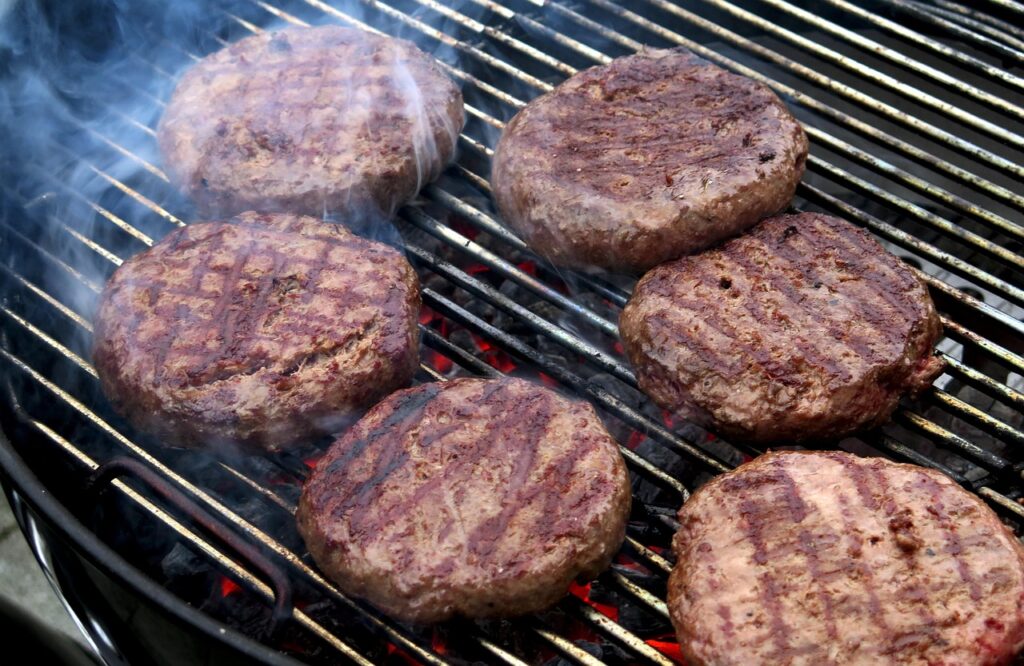
The resting phase in the 5-6-7 rule is not a marketing gimmick. When a burger cooks, its internal temperature rises, and juices move toward the surface. Cutting into it immediately leads to those juices spilling out, leaving a dry patty. Allowing the burger to rest for seven minutes keeps the juices intact, ensuring every bite stays moist.
The time spent resting also affects texture. As the meat cools slightly, muscle fibers contract gently, making the burger tender rather than rubbery. This method aligns with what professional chefs practice, though they might adjust the timing based on patty size and fat content.
Does the Rule Work for All Burgers?
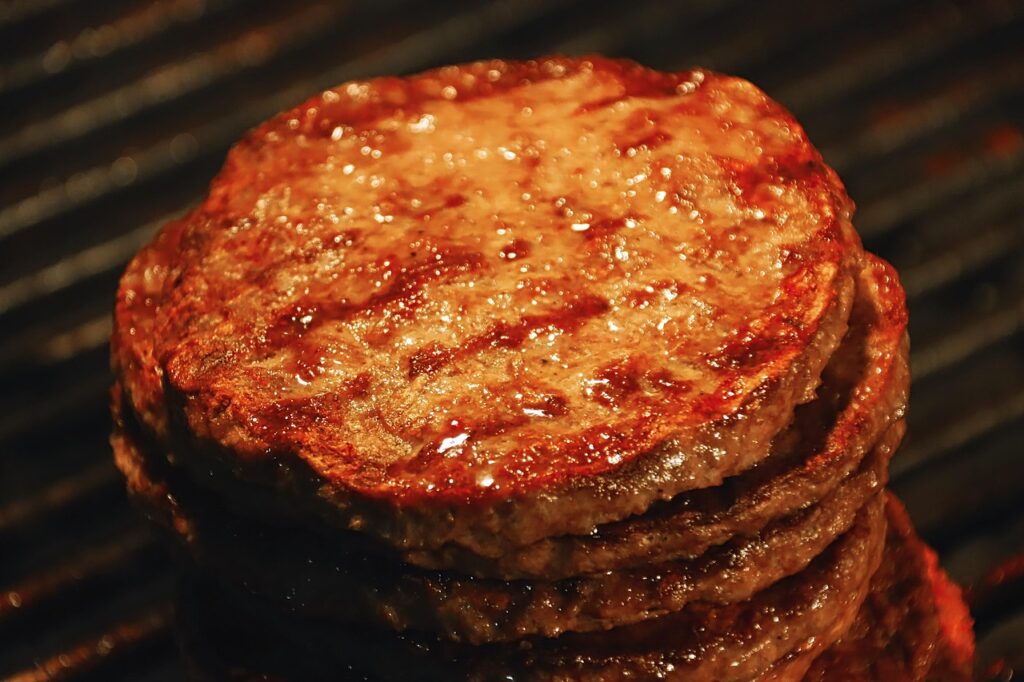
While the 5-6-7 rule works well for standard, quarter-pound beef burgers cooked on a grill or skillet, variations in patty thickness, meat type, and cooking equipment can affect results. Thicker patties, for example, require longer cooking times, and poultry or veggie burgers need different handling due to varying moisture content and composition.
Experts emphasize that flexibility is key. The rule serves as a solid baseline but should be adjusted for specific circumstances. The underlying principle is consistency; use reliable timing to develop muscle memory and understanding of your equipment. This approach helps home cooks produce consistently satisfying burgers without second-guessing every step.
Common Mistakes to Avoid
Overcooking remains the most common burger blunder. Applying the 5-6-7 rule blindly without considering patty thickness or grill heat can backfire. It’s easy to assume the same times apply to every situation, but that’s a recipe for disappointment.
Another pitfall is neglecting the resting period. Some believe flipping the burger multiple times prevents burning, but this actually disrupts the crust formation. The best results come from a single flip and letting the burger rest post-cooking, not during. Additionally, using a meat thermometer provides certainty, ensuring food safety and perfect doneness.
Enhancing the 5-6-7 Rule with Quality Ingredients
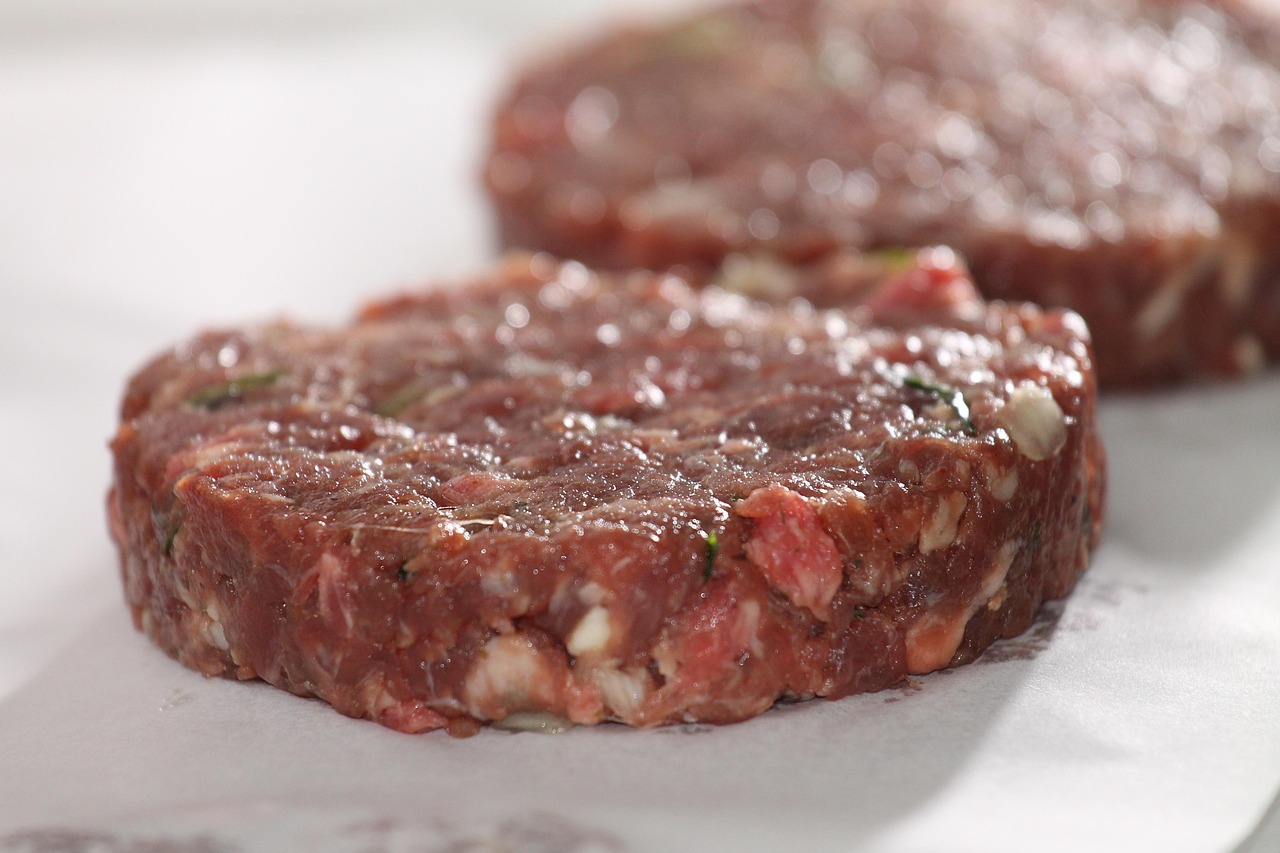
Even the most precise timing won’t salvage a poorly seasoned patty or low-quality meat. The rule shines when paired with high-fat ground beef, ideally an 80/20 ratio, to provide flavor and moisture. Fresh buns, quality cheese, and complementary toppings elevate the experience.
Moreover, lightly oiling the grill or skillet prevents sticking, while moderate heat ensures the crust forms without burning. Every element plays into the final result, from selecting fresh produce to applying the right condiments.
References
- The 5-6-7 Rule Should Be Your New Go-To Method For Perfect Burgers – Melinda’s
- Grilling Hamburgers: A Temperature Guide – ThermoWorks
- 5 Things You Should Know About Grilling Burgers (To Avoid Getting Sick) – NC State University




